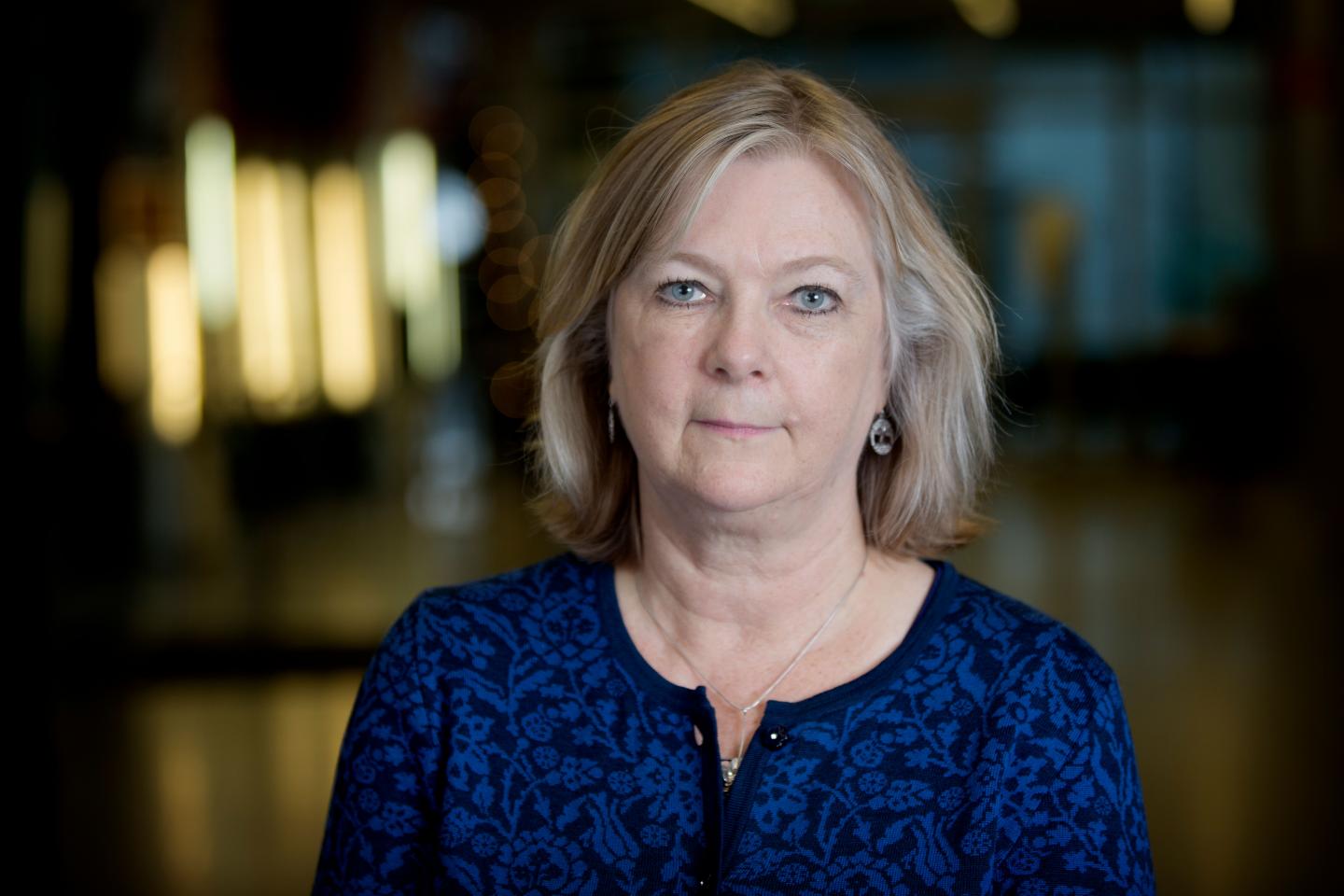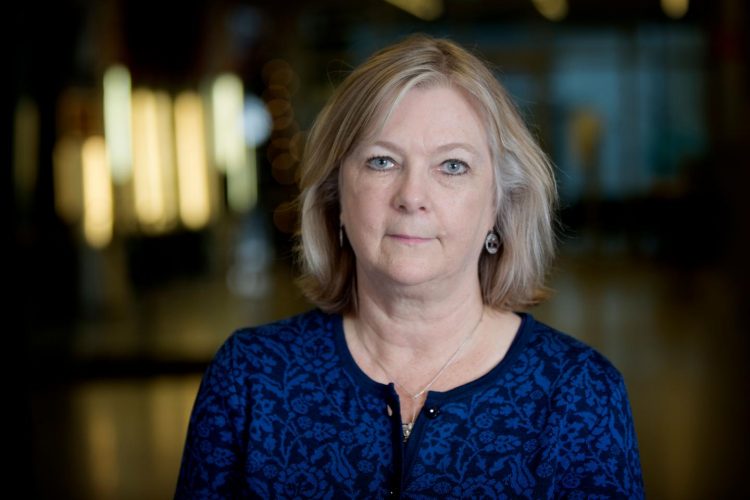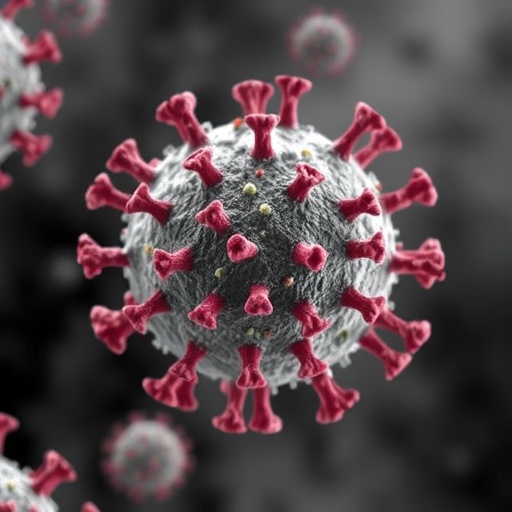
Credit: Photo by Malin Arnesson
There is considerable variations in different countries´ health care systems and professionals in the views on vaginal birth after previous caesarean section (VBAC), according to a European study. However, women’s´ views are more similar in the different countries.
Globally there is huge variation in the rate of caesarean section (CS), from a small percentage to more than half of the births. Within OECD countries, Sweden, with a CS rate of 17.3 %, is one of a small group of countries with a low rate.
Countries with high CS rates have also low rates of VBAC, while countries with low CS rates have higher rates of VBAC.
The VBAC culture in six European countries; Finland, Ireland, Italy, the Netherlands, Sweden and Germany has been researched recently. The study, published in Women and Birth, is based on interviews with 115 professionals and 73 women. The findings shows that there is considerable variation between the health care system and the professionals’ views in countries with high and low rates of VBAC.
In countries with high VBAC rates (Finland, the Netherlands and Sweden) VBAC is an obvious first alternative, something included in the ordinary care, where the final decision about mode of birth is made by the obstetricians. These countries have a homogenous pro-VBAC culture involving the health care system, professionals and women.
In countries with low VBAC rates (Ireland, Italy and Germany) VBAC is dependent on many factors, is viewed as something special, and a choice made by the woman. The VBAC culture is heterogeneous, both pro- and against-VBAC, and both women and professionals have to be engaged in finding the right hospital and professionals to support, if women want a VBAC.
Ingela Lundgren, Professor in midwifery science at Sahlgrenska Academy, University of Gothenburg is first author for this study based on the EU-project OptiBIRTH. The overall aim of OptiBIRH was to increase the rate of VBAC the three European countries: Ireland, Italy and Germany. For most women with a previous CS, VBAC is the safest choice.
“To improve the rate of vaginal births changes are needed on organisational and professional levels. All involved must adopt a pro-VBAC culture, and Sweden, the Netherlands and Finland are good examples,” she says, and continues:
“Women from all countries have the same wishes for support during the pregnancy, early follow-up after the first CS, leaving the first birth experience behind, support in the decision-making process, a culture that supports VBAC, confident and supportive clinicians, and that the agreements made in pregnancy are followed during the birth. In countries with low VBAC rates women have a choice, which is appreciated by them but the problem was that mostly negative information about VBAC was given. In countries with high VBAC rates, the women were involved in the decision-making process but very pleased by the fact that the final decision was made by an expert.”
Professor Cecily Begley, Trinity College Dublin, Ireland who recently finished a five-year Visiting Professorship at University of Gothenburg, coordinated the international OptiBIRTH study.
“This paper demonstrates clearly the difference in VBAC rates between countries, due mainly to different opinions of clinicians,” says Professor Begley. “It cannot be right that women’s care is based on the opinion of a clinician, and not on the best available evidence. Countries with low VBAC rates need to examine their practice, and strive to increase them, to improve maternity care.”
###
Title: Cultural perspectives on vaginal birth after previous caesarean section in countries with high and low rates – A hermeneutic study; https:/
Media Contact
Ingela Lundgren
[email protected]
Original Source
https:/
Related Journal Article
http://dx.





